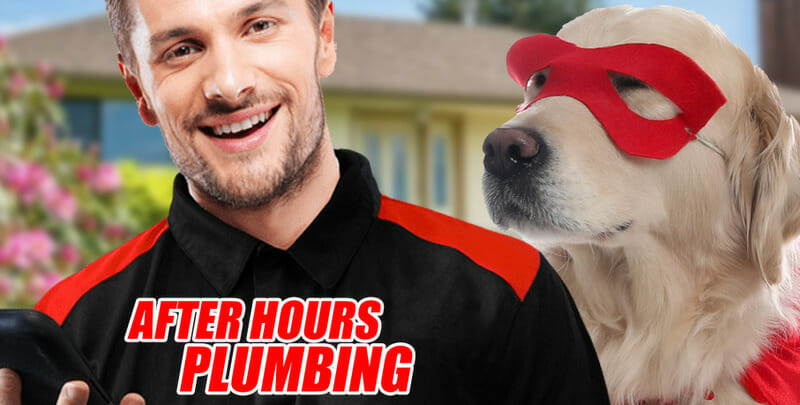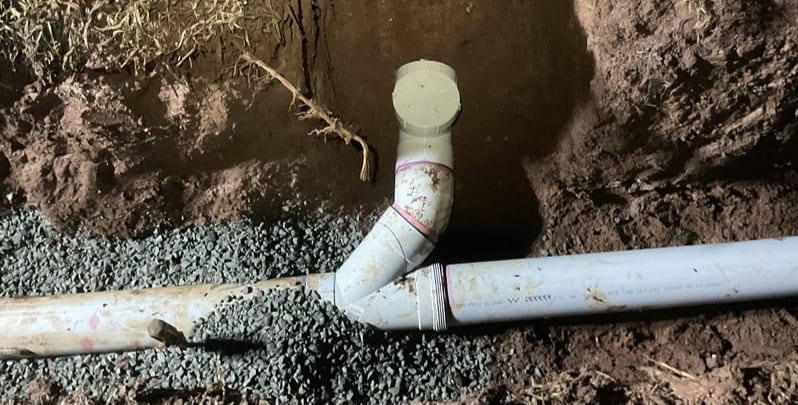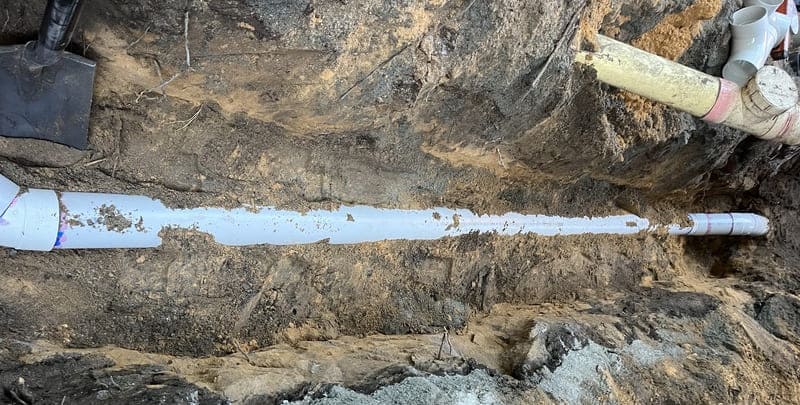What is Pipe Relining and How Does It Work?

Imagine discovering that tree roots have broken through your sewer pipes. Sure, they've left your garden intact. But your plumbing? Well, that's now in all sorts of chaos and disorder. In days gone by, fixing broken pipes like this would have meant tearing up your yard and enduring days of disruption. Now, thanks to modern pipe repair solutions like pipe relining, there’s a better way.
But what is pipe relining?
It’s an innovative pipe repair method used to repair damaged pipes without the need for excavation and all other unwanted mess and stress that typically comes with traditional methods. One that keeps your property and plumbing services intact. So let’s talk about it.
The Benefits of Pipe Relining Services
Sewer pipe relining offers many advantages. In most cases, it’s the perfect solution for fixing damaged pipes here are the benefits:
- There’s minimal disruption – No digging or excavation means no damage to your garden, driveway or property.
- It’s cost-effective – There’s no need for traditional pipe replacement costs such as excavation and restoration.
- It offers a durable lining solution – Epoxy resin lining creates a new pipe within the existing drain pipe.
- The process is versatile – Works on pipes with multiple bends and uneven linings. It even works for smaller-diameter pipes.
- It’s eco-friendly – Pipe relining preserves the original pipes, reduces waste and the need for new materials.
These benefits make pipe relining a modern, efficient and sustainable solution for pipe damage.
What Causes Pipe Damage?
Pipes take a beating over time and many things can cause damage, both to the pipe walls and inner pipe lining.
One of the biggest repeat offenders is tree roots; they invade sewer pipes and cause significant cracks or blockages. Age also takes its toll. Pipes become brittle as they age, leaving them more vulnerable to leaks or breakages.
If your pipes have been made with substandard pipe materials or were poorly installed from the beginning, that can also have a negative effect. And then you have forces beyond your control, like shifting soil or heavy traffic above underground pipes, which can cause significant pipe damage. Blocked drains from grease, debris or foreign objects can put pressure on the system and eventually break pipes.
Understanding the common causes of pipe damage goes a long way to demonstrating just how pipe repair methods like pipe relining are essential to keeping your plumbing system healthy.

The Pipe Relining Process
Pipe relining is a modern way to fix damaged pipes without the need for excavation. Here’s how the pipe relining process works:
- Inspection and assessment – A plumber uses a drain camera to inspect the pipe and identify cracks, tree root damage or blockages.
- Pipe cleaning – They use high-pressure water jets or mechanical tools to clear the existing pipe of debris and obstructions.
- Inserting the liner – We insert a flexible pipe liner coated with two-part epoxy resin into the broken pipe.
- Curing process – The plumber inflates the new pipe lining and cures it in place with heat or UV light to effectively create a new pipe inside the old one.
- Final inspection – We inspect the newly relined, cured-in-place pipe to check that the surface is smooth and working properly.
From sewer lines and broken kitchen pipes to blocked toilet drains, the drain relining process is truly seamless. It expertly restores your old pipes to like-new condition with minimal disruption.
When Pipe Relining May NOT Be the Right Solution
While pipe relining is a versatile and effective repair method in many cases, it won’t necessarily be suitable for every situation. Unfortunately, pipe replacement may sometimes be the only viable solution for your circumstances.
If a pipe is missing sections or has completely collapsed, even the most effective pipe relining technology won’t save it as there’s no existing pipe structure to support the lining materials. Similarly, pipes with extensive misalignment or significant dips (AKA bellies) may unfortunately require costly excavation and pipe replacement to address the root cause.
In cases of severe pipe corrosion, where the material is too weak to sustain relining within the pipe, replacement might be the only option. Additionally, if the pipe damage is isolated to an easily accessible area, partial repairs may be quicker and more cost-effective.
Consulting a professional plumber will help determine whether pipe relining is the best approach for your specific plumbing issue.

Why You Need a Plumber for Your Pipe Relining Project
When you need essential pipe relining work completed ASAP, hiring a licensed plumber will guarantee a job done with expertise and precision.
Professionals use advanced equipment like drain cameras, inversion tanks and calibration tubes to assess and fix damaged pipes efficiently. They have experience with complex pipe relining techniques to ensure they do the job right the first time. Experienced plumbers understand the intricacies of two-part epoxy resin, so the process results in relined pipes that will last for years. And, aside from the quality of the job, most major plumbing work – of which this applies – is heavily regulated and can only be completed by a qualified professional anyway.
Hiring a licensed and experienced plumber means you avoid the risks of poor installation or incomplete repairs. Your plumbing system will also work smoothly with minimal disruption. They will give you peace of mind and high-quality results.
Pipe Relining: The Smart Fix for Broken Pipes
So, when we return to our original question of “What is pipe relining?” we can see that it has changed our approach to repairing pipes. It’s a durable, cost-effective and minimally invasive alternative to traditional repair methods.
Whether you have broken pipes, blocked drains or invasive tree roots, reline solutions create a new pipe inside the existing one. With pipe relining specialists and advanced technology like drain cameras and epoxy resin, you can trust this method to deliver long-term, lasting results.
If you have pipe damage or want to future-proof your plumbing system with newly relined pipes, pipe relining is the smart, efficient and eco-friendly solution for your home.
Please note: Thanks for reading our blog “What Is Pipe Relining and How Does It Work?”. This information is provided for advice purposes only. Regulations differ from state to state, so please consult your local authorities or an industry professional before proceeding with any work. See our Terms & Conditions here.
